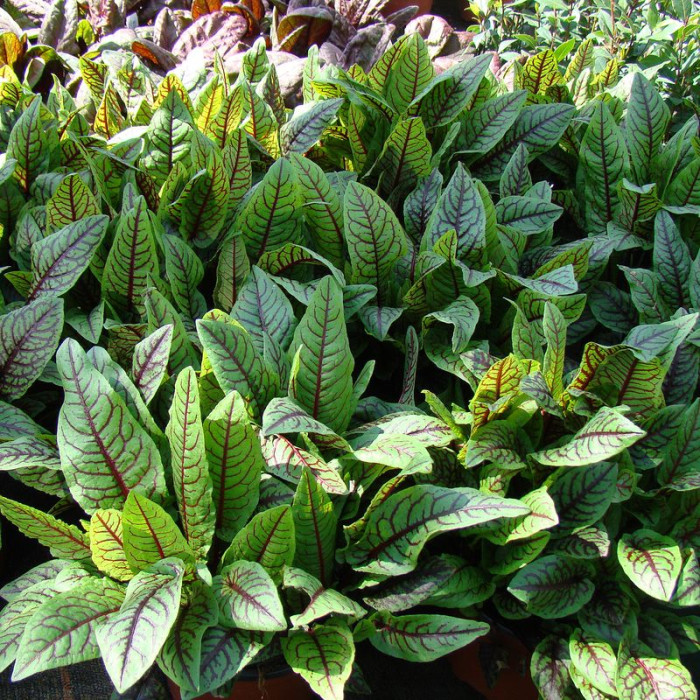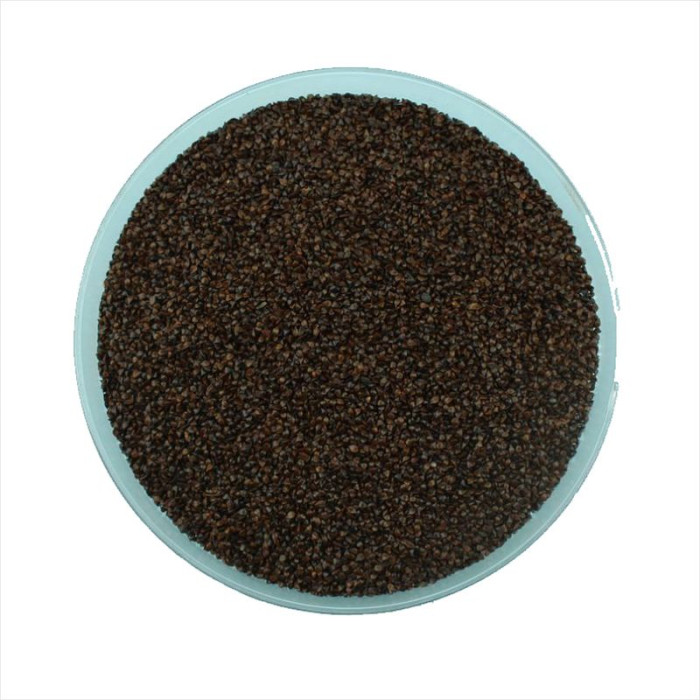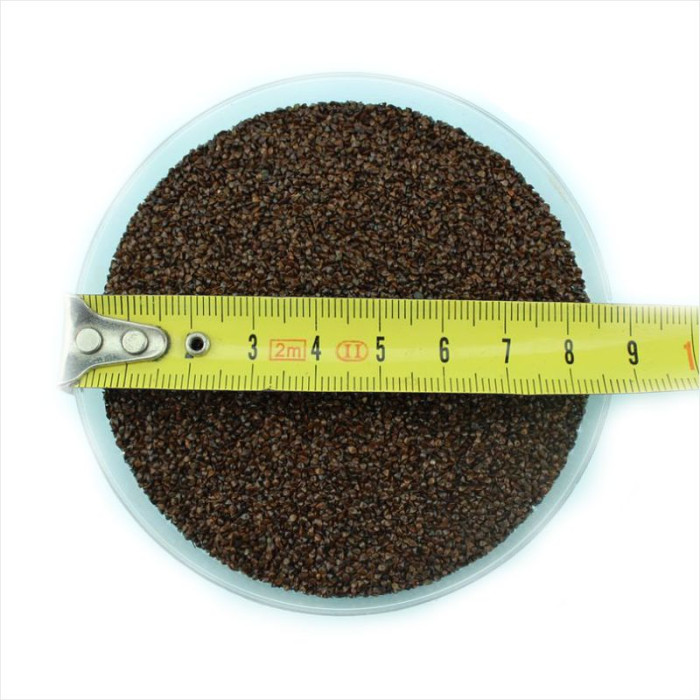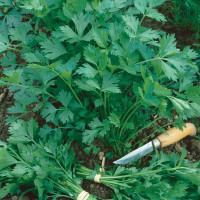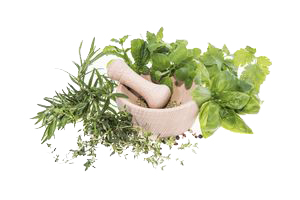Red Sorrel / Rumex sanguineus var. sanguineus - decorative and deciduous perennial plant. During flowering reaches 25-30 cm in height. Spear-shaped leaves with red veins form compact rosettes. It produces tiny, star-shaped flowers that are green to reddish-brown.
You need a warm sunny place, preferably protected from cold winds by the walls of the house or other plants. In partial shade, the leaves turn green and become not as bright as in the sun. The soil should be moist during the growing season, it does not tolerate drought well. Plentiful drinking, in regions with a hot climate, spraying is desirable. To maintain a compact and empty rosette of leaves, it is recommended to cut the flower stalks, then the plant will direct all the energy to the release of more and more new leaves. Easily grown from seed. It looks beautiful against the background of stones at the base of an alpine hill, beautiful in a pot culture.
The young leaves are edible and taste like spinach. Sorrel leaves and stem are rich in proteins, contain about 2% lipids, flavonoids (hyperoside, rutin), tannins, vitamins C, B and K, carotene, iron salts, and oxalic acid. In folk medicine, it is used as an antiscorbutic.
Raw leaves or juice from them is used to improve digestion, fresh sorrel is used to increase appetite, as a diuretic and blood purifier. Some believe that it has a very positive effect on the liver. Dried herb tea is used as an internal and external remedy for skin diseases.
The name can be pronounced as blood-red sorrel, bloody dock, decorative sorrel, bloody mary, mary.

No questions about this product, be the first and ask your question.


